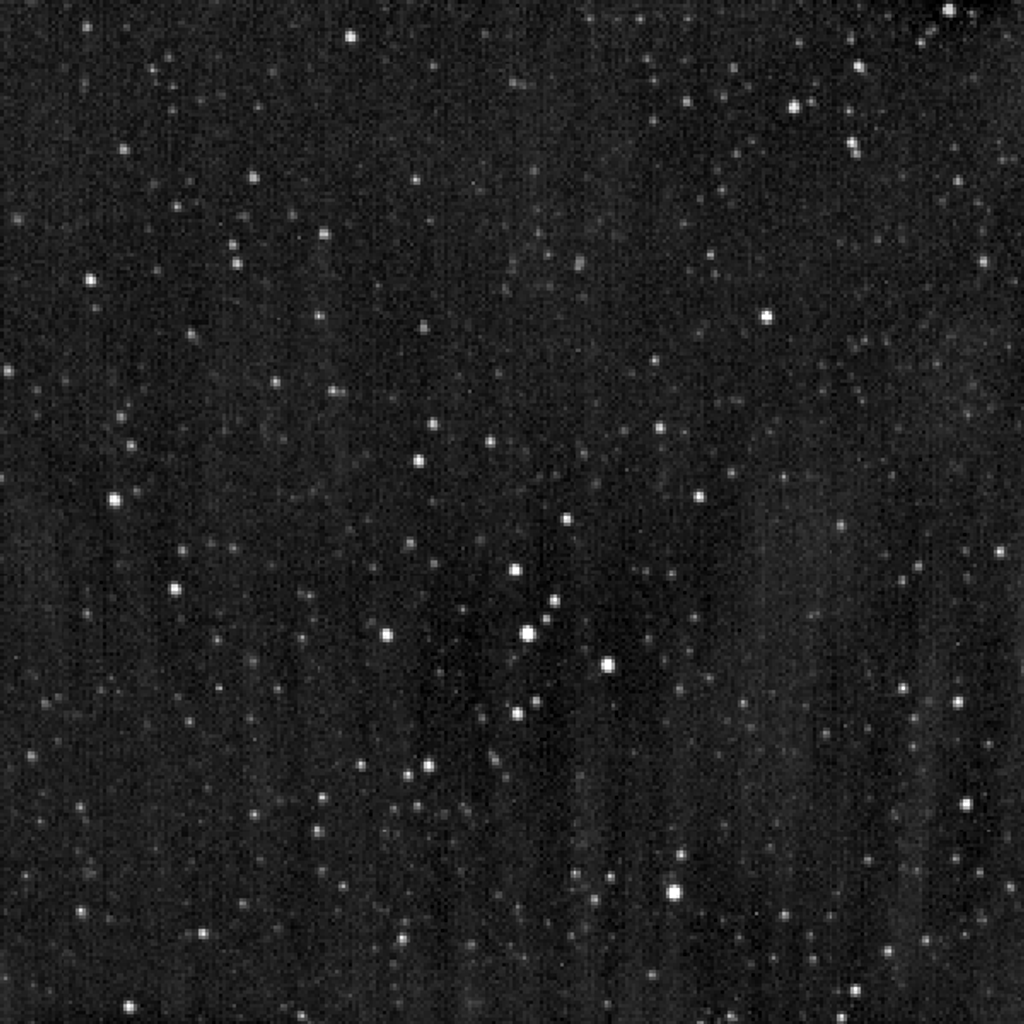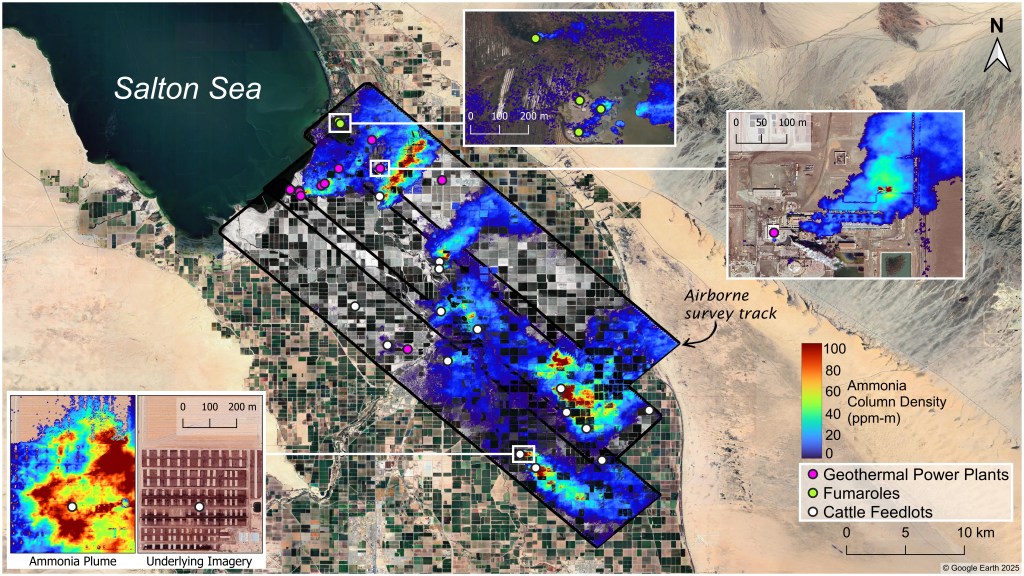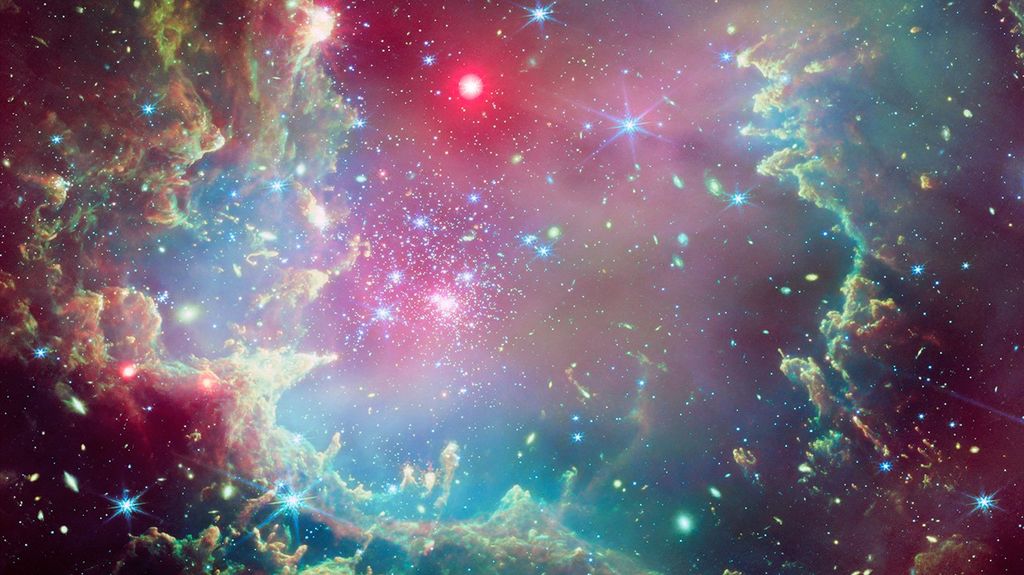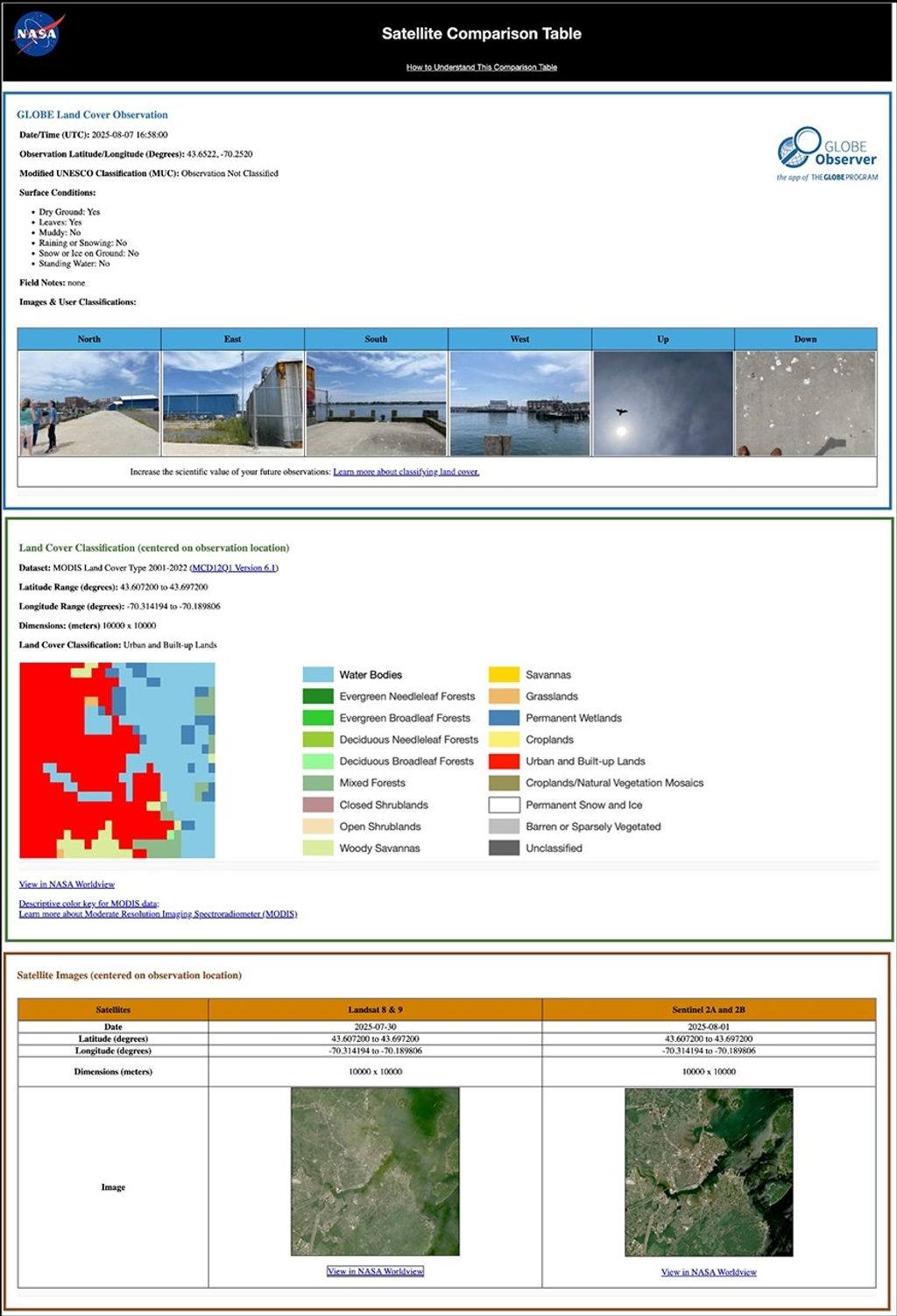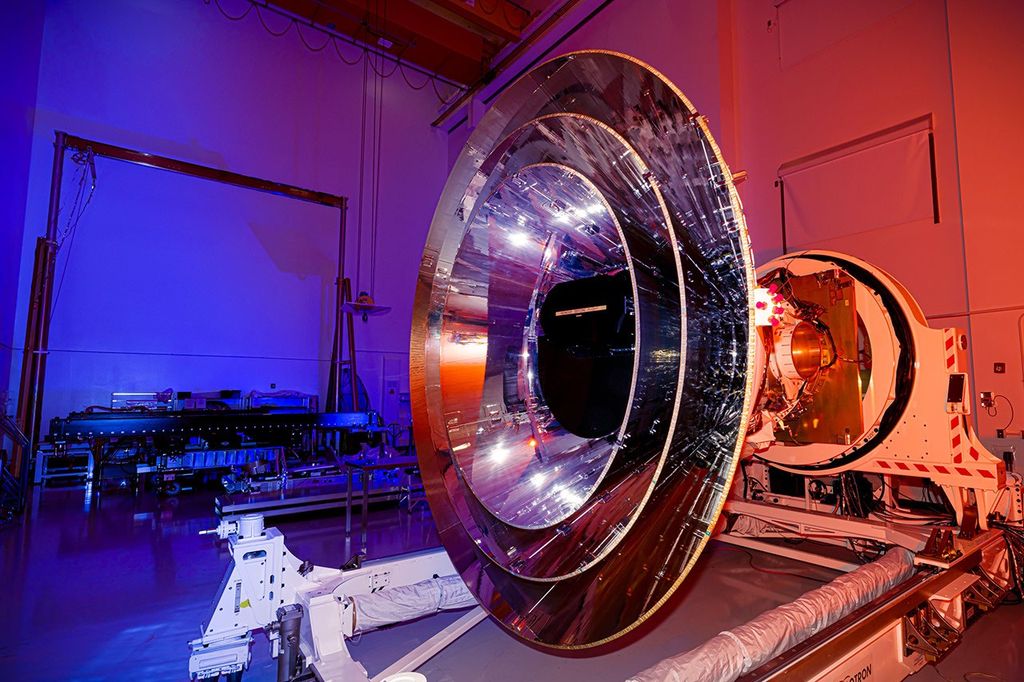1 min read
Evaporating Peaks 3D: Pillars in the Monkey Head Nebula
This video is the stereo 3D version of "Evaporating Peaks: Pillars in the Monkey Head Nebula". Note that the zoom is 2D, and only the second part of the sequence has stereo 3D.
The Monkey Head Nebula (also known as NGC 2174) is a star-forming region in which bright, newborn stars near the center of the nebula illuminate the surrounding gas with energetic radiation. This radiation, along with strong stellar winds, erodes away the lower density gas. Pockets of higher density gas resist this erosion, and form pillars and peaks along the inner edge of the roughly circular cloud.
This video showcases visible and infrared light views of a collection of pillars along one edge of the nebula. The sequence begins with a view of the night sky near the constellation of Gemini and Orion. The view zooms through observations from the Digitized Sky Survey 2 to reveal a Hubble Space Telescope visible light view of the top of this region of pillars.
A cross-fade transitions not only between Hubble's visible and infrared light views, but also from a two-dimensional image to a three-dimensional sculpted model of the region. The camera then pulls back to reveal the landscape of evaporating peaks of gas and dust surrounded by stars. Note that the visualization is intended to be a reasonable interpretation (not scientifically accurate) and that distances within the model are significantly compressed.
Share
Details
Claire Andreoli
NASA’s Goddard Space Flight Center
Greenbelt, Maryland
claire.andreoli@nasa.gov
Gregory Bacon (STScI), Lisa Frattare (STScI), Zoltan Levay (STScI), Frank Summers (STScI)
DSS2, Hubble Heritage Project, Akira Fujii






